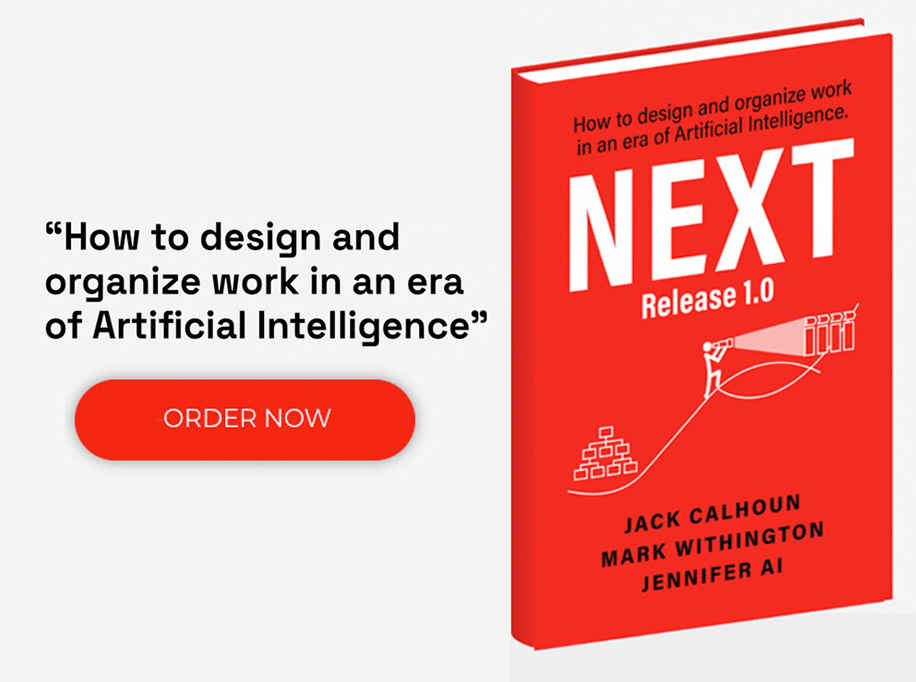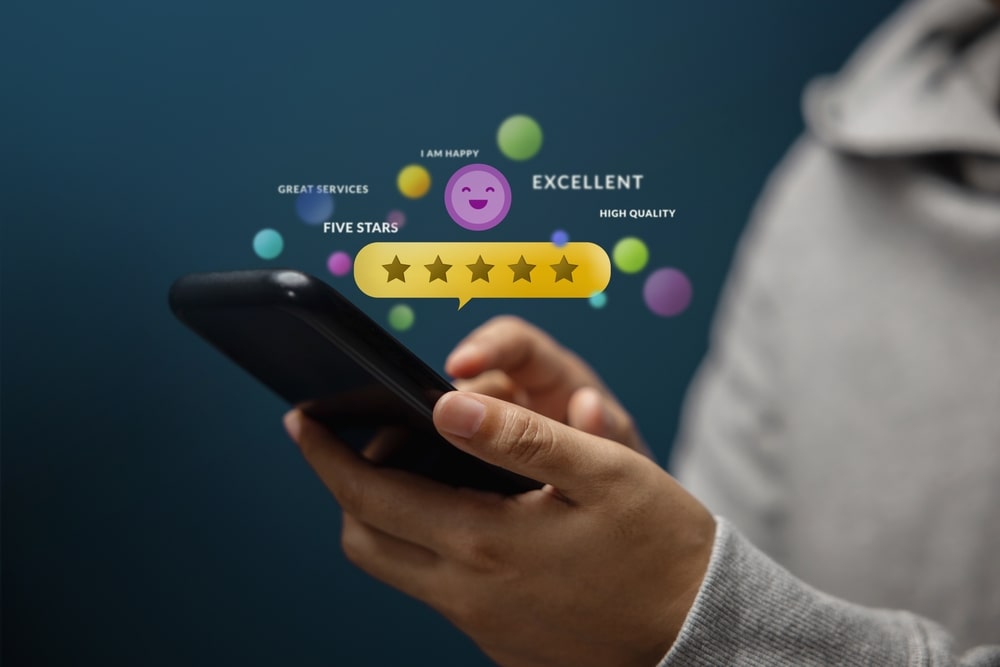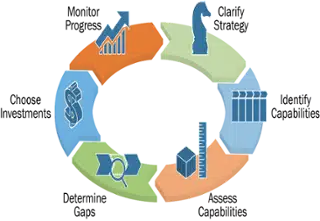Years ago when I was a Case Manager at the Tennessee Department of Human Services, I encountered a problem while determining a customer’s eligibility for benefits. The numbers were not adding up, and I couldn’t figure out why, so I approached my supervisor. I still remember how quickly she identified the problem, and how casually she described the solution to me… “Ah! The Magi isn’t counting. We need a Fiat.”
…Obviously, I was dumbfounded. Half-curious and half-sarcastic, I responded: “Of course. Why didn’t I think of that?”
Anywhere else in the world, this would mean some mystical sages needed a sleek, Italian-manufactured vehicle. Here, it meant that the Modified Adjusted Gross Income (MAGI) was improperly calculating, and therefore a supervisory system bypass needed to be conducted (a Fiat). Clearly, I was lacking context.
It is important to note: the first step towards clear communication with government is to gain perspective with what I call the 3 C’s: Cooperation, Competition and Culture. Then you must arm yourself with Context – a fourth C that is so crucial it stands on its own.
We see ‘native’ language used across government every day. Everything from ‘insider’ terminology to the creation of acronyms for program names (even The USA Patriot Act is also an acronym). Fortunately, there is always a starting place to improve business-to-government (B2G) communication even with the breadth of acronyms and obscure naming conventions, you can discover the purpose behind government terminology. Here are a few of my surefire tips and tricks that you can leverage across-the-board to learn the language of government:
Talk the Talk!
I’ve seen companies earn their way to the decision table with CIOs and CFOs, only to speak the wrong language, leading to miscommunication and completely missing the mark with their government customers’ priorities. I once observed negotiations nearly dissolve altogether when a CIO was enraged at a salesperson promoting financial ROI. An hour of research before this pitch could have revealed that this Department and CIO served people in poverty and were looking to spend funds dramatically pursuing ROI in the form of substantial time savings from process automation. This lack of understanding – or empathy for the goals and needs of the sponsor can damage any business relationship, but it can be an absolute dealbreaker in business-to-government (B2G) communications. Take the time to understand your government customer, and gain perspective from experienced sources.
Listen to (and hear!) the meaning behind the words.
Words are the building blocks of values. Learning terms is important but understanding why government uses those terms is critical. An example that comes to mind is “2Gen” – an initiative designed to maximize outcomes for children growing up in poverty in order to disrupt the two-generational (hence 2Gen) cycle of poverty. This initiative completely re-aligned not only the mission of the Department, but its presence manifested in the Department’s people, processes and programs from the language and mission to the purpose and expenditure. The organization transitioned from investments towards stop-gap measures and short-term solutions to long-term investments for the futures of children in poverty. Because this initiative greatly altered the agency’s public and private partnerships, it became critical that businesses take the time to understand how their words would now impact their governmental partners and begin to communicate with the meaning behind the words in mind.
Tomato / Tom-ah-to?
Too often, some terms simply get lost in translation between the public and private sectors. Become intentionally aware of the nuances between the two parties and educate yourself! Here are some prime examples of terminology differences that will come in handy.
For more examples of private and public terminology differences, you can find more in this glossary of other US Government terms.
Government certainly serves huge helpings of alphabet soup. The more niche the work is, the bigger the serving. As government expands, the way it communicates grows more complex, but know citizens expect the exact opposite: faster information and simpler solutions. Business leaders are in the middle of this ‘name game’ and growing your understanding of both parties’ perspective is key to making work with government fast and simple. With research, active listening, and intentional awareness, partners can quickly go beyond business translation to work transformation. Better business-to-government communication makes for a more open, efficient and collaborative tomorrow.
Written by Landon Cook
Landon Cook is a proven change leader and future-maker and has shaped his career within state government, where he inspired the art of the possible by leading and executing the challenge to implement Customer Service Management (CSM) on the ServiceNow platform.
Interested in continuing the conversation? Subscribe to our blog where you can find our special six part series written by Landon, “Business with Government: Doing More Work, Better.”
Accelare thrives on context, communication, and customer-first outcomes, and we bring ready-to-implement solutions to state, local, and federal governments. Learn more about our industry expertise and insights today!











